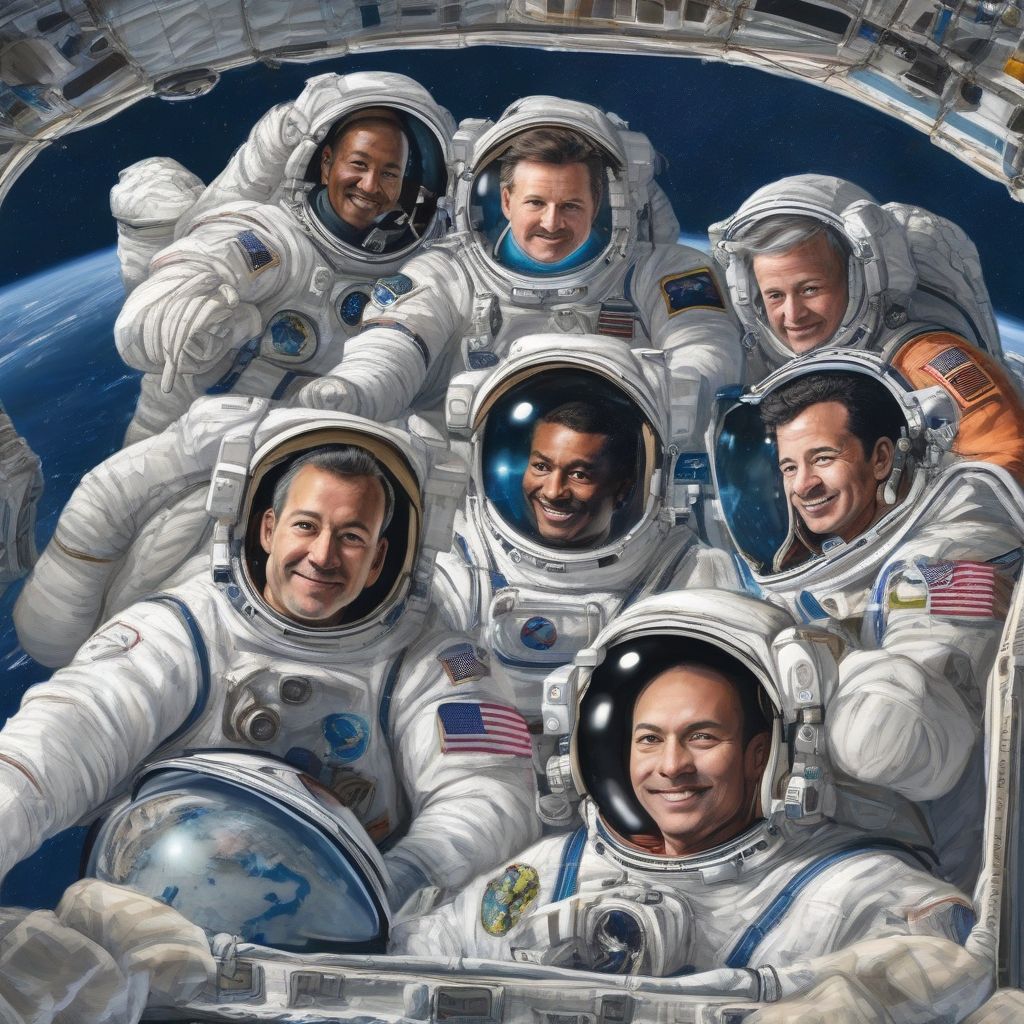Have you ever looked up at the night sky and wondered about the mysteries it holds? Exploring the vast expanse of space is a massive undertaking, one that often surpasses the capabilities of a single nation. This leads us to a fascinating question: how do international space agencies collaborate on missions? The answer lies in a complex web of agreements, shared resources, and a mutual passion for discovery. Let’s delve into the intricate world of international space cooperation and explore the remarkable achievements born from this global partnership.
The Foundation of International Space Collaboration: Treaties and Agreements
The cornerstone of international space collaboration is a framework of treaties and agreements that establish the rules of the road in space. The Outer Space Treaty of 1967, for example, serves as a foundational document, declaring space the “province of all mankind” and prohibiting the placement of weapons of mass destruction in orbit. Subsequent agreements address issues like liability for damage caused by space objects and the rescue of astronauts in distress. These legal instruments provide a stable and predictable environment for international collaboration to flourish. As Neil Armstrong famously said, “That’s one small step for a man, one giant leap for mankind.” This sentiment perfectly encapsulates the spirit of collaborative space exploration.
Pooling Resources and Expertise: A Synergistic Approach
International space missions are incredibly resource-intensive, requiring substantial financial investment, cutting-edge technology, and highly skilled personnel. By pooling resources and expertise, agencies can share the burden and maximize the scientific return on their investments. Imagine, for instance, the International Space Station (ISS), a marvel of engineering orbiting our planet. The ISS stands as a testament to successful international cooperation, a collaborative effort involving agencies from the United States, Russia, Europe, Japan, and Canada.
Sharing Technological Advancements: From Rockets to Robotics
Collaboration extends to the development and sharing of advanced technologies. One agency might excel in rocket propulsion, while another might be a leader in robotics. By working together, they can leverage each other’s strengths and accelerate technological progress. For instance, the European Space Agency’s (ESA) Automated Transfer Vehicle (ATV) played a vital role in supplying the ISS, showcasing Europe’s expertise in cargo transportation.
The Human Element: Astronauts from Around the Globe
International crews aboard the ISS demonstrate the truly global nature of space exploration. Astronauts from diverse backgrounds train together, live together, and conduct research together, fostering a unique environment of cultural exchange and shared scientific pursuit. “The journey into space transcends national boundaries and unites us in a shared quest for knowledge,” noted a veteran astronaut in his memoirs.
Examples of Successful International Space Missions
History abounds with successful examples of international space missions that have broadened our understanding of the universe. The Hubble Space Telescope, a joint project between NASA and ESA, has provided breathtaking images of distant galaxies and revolutionized our understanding of the cosmos. Similarly, the Cassini-Huygens mission, a collaboration between NASA, ESA, and the Italian Space Agency, explored Saturn and its moons, revealing a wealth of information about this fascinating planetary system.
Beyond the ISS: Future Collaborative Endeavors
Looking towards the future, international cooperation will be even more critical for ambitious missions like returning humans to the Moon and eventually venturing to Mars. These complex undertakings require a global effort, pooling resources and expertise to overcome the immense technological and logistical challenges. “Collaboration is not just an option, it’s a necessity for the future of space exploration,” remarked a prominent space agency director in a recent interview.
 International Space Cooperation
International Space Cooperation
Overcoming Challenges in International Space Collaboration
While international space collaboration offers tremendous benefits, it’s not without its challenges. Different agencies have different priorities, budgets, and regulatory frameworks. Reaching consensus and coordinating complex projects can be a daunting task. However, the shared goal of advancing scientific knowledge and pushing the boundaries of human exploration often outweighs these obstacles.
Navigating Political Landscapes: Diplomacy in Space
Political tensions on Earth can sometimes spill over into space exploration. However, space often serves as a platform for international diplomacy, fostering cooperation even when relations between nations are strained. “Space is a neutral territory,” observed a seasoned diplomat, “where nations can find common ground and work together towards shared objectives.”
Conclusion
International collaboration is essential for the advancement of space exploration. From the foundational treaties that govern space activities to the pooling of resources and expertise, the combined efforts of international space agencies have led to remarkable achievements. As we look to the future, collaboration will become even more crucial for tackling the challenges of deep space exploration. The spirit of cooperation, embodied by astronauts working side-by-side in orbit, reminds us that humanity’s quest for knowledge transcends national boundaries. We encourage you to share your thoughts on international space collaboration in the comments below! Let’s continue this exciting conversation together and explore the possibilities that lie ahead. Are you ready to join the journey?



